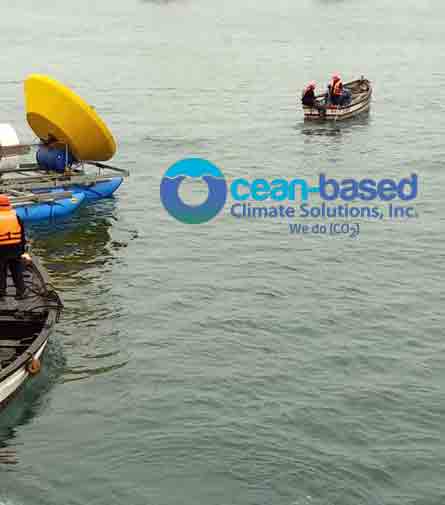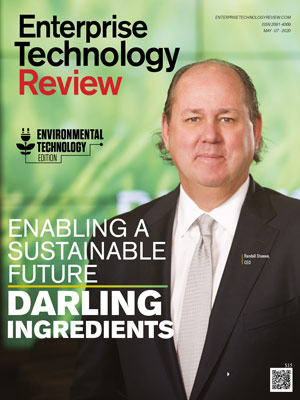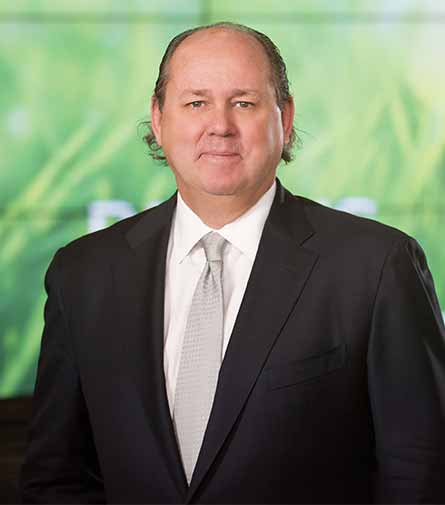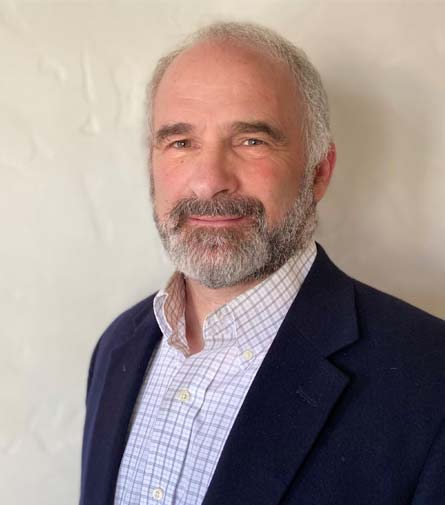 Philip W. Kithil, CEO,Ocean-based Climate Solutions, Inc.
Philip W. Kithil, CEO,Ocean-based Climate Solutions, Inc.The science team includes Professors Ulf Riebesell and Andreas Oschlies from GEOMAR-Kiel; Dr. Ian Walsh with Seabird Scientific; and Woods Hole Group (comprising 100 professionals in ocean and environmental science).
Dr. Riebesell says: “…in times of climate change artificial up/downwelling can serve as a conservation and/or restoration measure. This relates to the projected decline in ocean productivity due to enhanced water column stratification via surface ocean warming. Over the long-term duration of the sea trial, I expect to see a strong biogeochemical imprint in the area where the 72 pumps are deployed."
Dr. Walsh explains how Seabird’s biogeochemical ARGO robotic NAVIS™ floats will provide real-time data on ecosystem benefits and net CO2 export during the trial: “NAVIS measure the bulk properties of the most significant oceanic carbon pools affected by the pumping of water across the thermocline. The density field is constrained by temperature, salinity, and pressure.
Carbon dynamic response is measured by chlorophyll fluorescence and backscattering sensors; the FDOM fluorometer; the pH sensor; the dissolved oxygen sensor; and the nitrate concentration measurement. Deployed in a near field/far field manner, NAVIS provides a network effect of increasing data giving a fixed relationship between the pumping and the net sequestration of carbon.”
The project will be led by OBCS CEO Philip Kithil, assisted by Chief Engineer Philip Fullam, COO Chris White, and Technical Director Amal Bhattarai. The initial budget is set at $2 million in 2020-21.
According to Kithil, while this technical validation is eagerly sought by potential customers, the real key to massive CO2 drawdown is globally-equitable funding – since today’s price of CO2 is far too low to attract the massive removal of atmospheric CO2 into the oceans, forests, soil, and geologic burial.
The catch-22: Imposing a sufficiently high price in the form of a carbon tax (or equivalent schemes such as cap & trade) will impose major constraints on the global economy, reducing income and employment especially among the lower-skilled workforce segment.
To solve this riddle, OBCS proposes Stock For Carbon™,1 to fund CO2 drawdown. Public corporations commit to achieving cumulative net negative CO2 within 10-15 years and pay in their public-traded stock rather than cash. This preserves their working capital, maintains loan covenants, supports ongoing operations and avoids cutbacks and layoffs – while providing substantial strategic and marketing advantages (“bragging rights”). Initially, shareholders are diluted – but they regain market cap and earn higher ROI as the share price/earnings ratio increases from higher sustainability ratings.
In our case study using public data, 3M Corporation becomes cumulative net negative CO2 within 15 years at a breakeven share price increase of around 8%.
Carbon dynamic response is measured by chlorophyll fluorescence and backscattering sensors; the FDOM fluorometer; the pH sensor; the dissolved oxygen sensor; and the nitrate concentration measurement. Deployed in a near field/far field manner, NAVIS provides a network effect of increasing data giving a fixed relationship between the pumping and the net sequestration of carbon.”
The project will be led by OBCS CEO Philip Kithil, assisted by Chief Engineer Philip Fullam, COO Chris White, and Technical Director Amal Bhattarai. The initial budget is set at $2 million in 2020-21.
According to Kithil, while this technical validation is eagerly sought by potential customers, the real key to massive CO2 drawdown is globally-equitable funding – since today’s price of CO2 is far too low to attract the massive removal of atmospheric CO2 into the oceans, forests, soil, and geologic burial.
The catch-22: Imposing a sufficiently high price in the form of a carbon tax (or equivalent schemes such as cap & trade) will impose major constraints on the global economy, reducing income and employment especially among the lower-skilled workforce segment.
To solve this riddle, OBCS proposes Stock For Carbon™,1 to fund CO2 drawdown. Public corporations commit to achieving cumulative net negative CO2 within 10-15 years and pay in their public-traded stock rather than cash. This preserves their working capital, maintains loan covenants, supports ongoing operations and avoids cutbacks and layoffs – while providing substantial strategic and marketing advantages (“bragging rights”). Initially, shareholders are diluted – but they regain market cap and earn higher ROI as the share price/earnings ratio increases from higher sustainability ratings.
In our case study using public data, 3M Corporation becomes cumulative net negative CO2 within 15 years at a breakeven share price increase of around 8%.
|
Share this Article:
Tweet
|
Top








